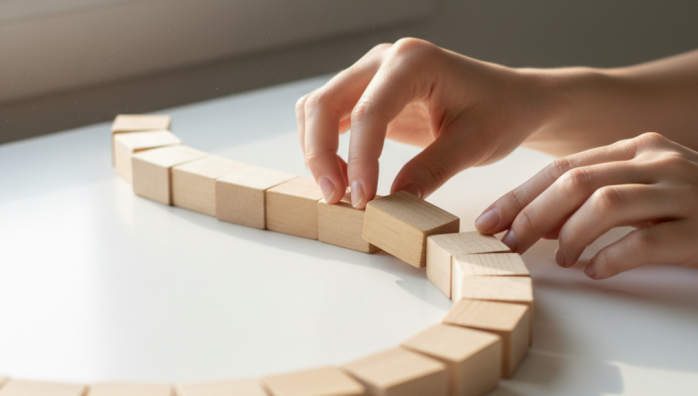Habit Stacking for Daily Routines
by admin in Productivity & Tools 15 - Last Update November 17, 2025

For years, I felt like I was in a constant battle with myself. I\'d get a surge of motivation, decide to start meditating, journaling, or stretching daily, and I\'d be successful... for about three days. Then, life would get in the way, and the new habit would fade into a distant memory of good intentions. It was a frustrating cycle. The problem, I realized, wasn\'t a lack of desire, but a lack of a system. That\'s when I stumbled upon habit stacking, and honestly, it rewired how I approach my daily routines.
What habit stacking actually is
I\'d heard the term before, but it always sounded more complicated than it is. In practice, it’s incredibly simple. It’s about anchoring a new habit you want to build onto an existing, solid habit you already do without thinking. The core idea, which I found so powerful, is that your current habits are already established pathways in your brain. Instead of trying to carve a new path in the jungle, you just add a small extension to a well-trodden road.
The formula I started with, and still use, is: After I [current habit], I will [new habit]. That\'s it. It’s not about willpower; it’s about triggers and association.
My first, tiny experiment
To test this, I decided to start ridiculously small. My most consistent, non-negotiable habit is my first cup of coffee in the morning. So, I made a new rule for myself. After I press the \'start\' button on my coffee machine, I will drink one full glass of water. I placed a glass right next to the machine the night before. The first few days felt a little deliberate, but within a week, it became automatic. The whir of the coffee machine became the trigger for reaching for the water glass. It was a tiny win, but it was a win that stuck, which was a new feeling for me.
Building my morning and evening stacks
Once I saw that it worked, I started building on it. My morning routine began to grow naturally. It went from just drinking water to a full sequence:
- After I press \'start\' on the coffee machine, I will drink a glass of water.
- After I finish my water, I will do five minutes of stretching next to the counter.
- After I finish stretching, I will open my journal and write one sentence about what I\'m grateful for.
Each step flows into the next. There\'s no moment of, \"What should I do now?\" which is where I used to lose momentum. I made a crucial mistake early on, though. I tried to add too much at once, stacking five or six new things. It fell apart quickly because the chain was too long and fragile. I learned that adding just one new link at a time and letting it solidify for a week or two was the only way to make it last.
Why this system works for my brain
Looking back, I see that habit stacking solved my biggest productivity problem: decision fatigue. By pre-loading my decisions into a routine, I conserve my mental energy for more complex tasks later in the day. It’s not about being a robot; it’s about being smart with my focus. I\'m not using willpower to start a new habit from a standstill. Instead, I\'m just letting the momentum of an existing habit carry me into the next one. If you\'re struggling to make new habits stick, I can\'t recommend this enough. Start with one tiny stack. You might be surprised at how quickly it becomes a part of who you are.














